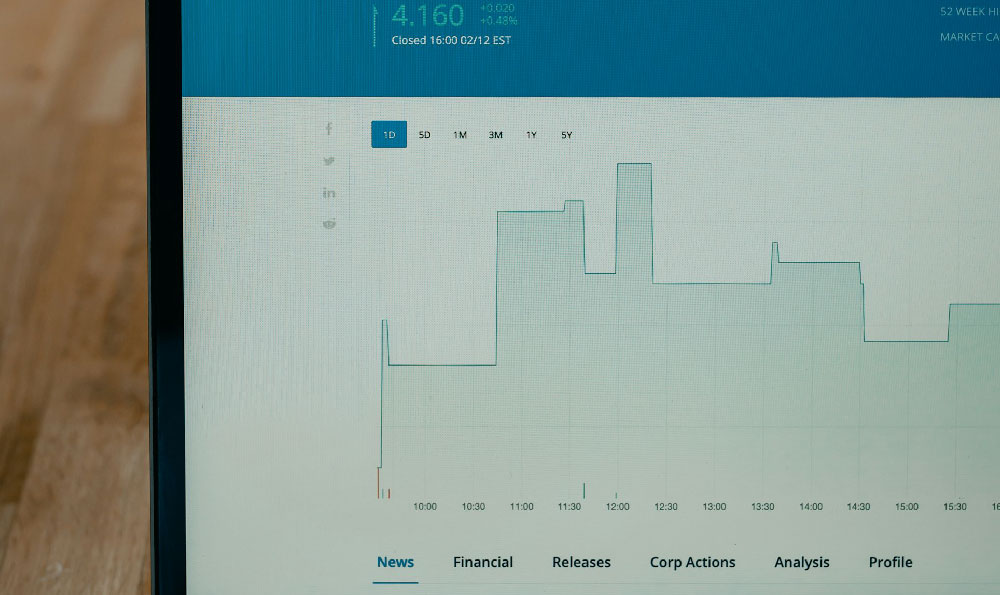Investing for your child's future is a profoundly impactful decision. It's about more than just accumulating wealth; it's about providing them with opportunities, security, and the freedom to pursue their passions. However, venturing into the world of investment, especially with your child's future at stake, requires careful consideration and a strategic approach. This journey begins with understanding your goals, assessing your risk tolerance, and navigating the complexities of various investment options, including the dynamic and potentially lucrative world of cryptocurrency.
The initial step is to clearly define your investment goals. What do you hope to achieve with this investment? Are you saving for college tuition, a down payment on a future home, or simply creating a financial safety net for their future? The timeframe is also crucial. Are you investing for the next 5 years, 10 years, or even longer? Longer time horizons generally allow for greater risk tolerance and the potential for higher returns, while shorter timeframes demand more conservative strategies. Understanding these parameters will help you choose the right investment vehicles and allocate your resources effectively.
Next, you need to honestly assess your risk tolerance. How comfortable are you with the possibility of losing some or all of your investment in exchange for the potential of higher gains? Investing for a child often encourages a more conservative approach, prioritizing capital preservation over aggressive growth. However, given a long enough timeframe, a moderate risk tolerance can still be appropriate, allowing for a diversified portfolio that includes growth-oriented assets. Consider how you would react to market fluctuations and whether you would be prone to panic selling during downturns. Knowing your risk appetite is paramount to making sound investment decisions.

Once you've defined your goals and assessed your risk tolerance, it's time to explore the investment landscape. Traditional options include savings accounts, bonds, mutual funds, and stocks. Savings accounts offer safety but typically provide low returns. Bonds are generally considered lower risk than stocks but offer moderate returns. Mutual funds provide diversification by pooling money from multiple investors to invest in a variety of assets. Stocks offer the potential for high growth but also carry higher risk.
Now, let's address the elephant in the room: cryptocurrency. Investing in cryptocurrency for your child's future is a complex and potentially rewarding, but also inherently risky, proposition. The cryptocurrency market is known for its volatility, and prices can fluctuate dramatically in short periods. However, some cryptocurrencies, particularly those with strong fundamentals and long-term growth potential, could offer significant returns over the long term.
If you are considering investing in cryptocurrency for your child, proceed with extreme caution. Allocate only a small percentage of your overall investment portfolio to cryptocurrency. Do thorough research on the specific cryptocurrencies you are considering. Understand the technology behind them, their use cases, and the team behind the project. Look for cryptocurrencies with a proven track record and strong community support. Bitcoin and Ethereum, for example, are often considered relatively safer options due to their established market presence and wider adoption. However, even these established cryptocurrencies are subject to significant price swings.
Furthermore, consider investing in cryptocurrency-related stocks rather than directly purchasing cryptocurrencies. Companies that provide services related to cryptocurrency, such as cryptocurrency exchanges, mining companies, or blockchain technology developers, can offer exposure to the cryptocurrency market without the same level of volatility.
Regardless of the investment option you choose, diversification is key. Don't put all your eggs in one basket. Spread your investments across different asset classes, industries, and geographic regions. This will help to mitigate risk and improve your chances of achieving your long-term financial goals.
It is also vital to consider the legal and tax implications of investing for your child. Depending on your location, there may be specific regulations regarding investments held in trust for minors. Consult with a qualified financial advisor and tax professional to ensure that you are compliant with all applicable laws and regulations.
Setting up a custodial account, such as a Uniform Gifts to Minors Act (UGMA) or Uniform Transfers to Minors Act (UTMA) account, is a common way to invest for a child. These accounts allow you to invest on behalf of your child, and the assets are legally owned by the child, but managed by you until they reach the age of majority.
Finally, remember that investing is a marathon, not a sprint. Be patient, stay disciplined, and avoid making impulsive decisions based on short-term market fluctuations. Regularly review your portfolio and make adjustments as needed to ensure that it aligns with your goals, risk tolerance, and time horizon. Educate yourself about investing and stay informed about market trends and economic conditions.
Investing for your child's future is a significant responsibility, but it can also be incredibly rewarding. By taking a thoughtful and strategic approach, you can help to provide them with the financial resources they need to achieve their dreams and build a secure future. Remember to seek professional advice, conduct thorough research, and stay disciplined in your investment strategy. And, when it comes to cryptocurrency, proceed with caution and only invest what you can afford to lose. The most important thing is to start early, stay consistent, and focus on the long-term.












